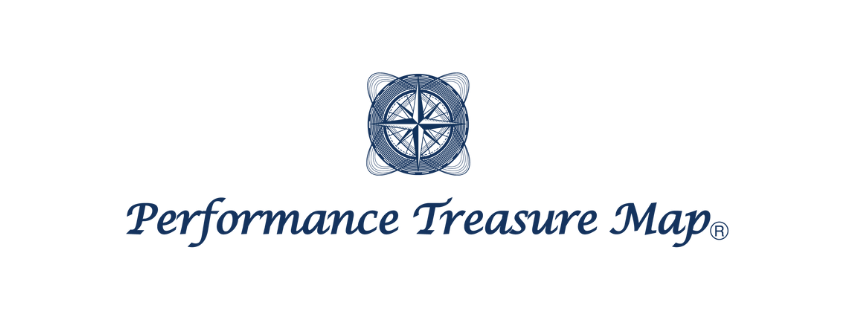Thank you for visiting this blog!
In this blog, I will introduce the “Corrective & Preparation Exercise,” which is the final point of meaningful subdivision within the Performance Treasure Map, specifically the Original K-Map.
I aim to deepen your understanding of this exercise by explaining:
- The purpose, procedure, and precautions for each exercise
- The principles and fundamentals involved in performing the exercise
- How it links to performance (the treasure)

After reading this blog, I hope it will help you prescribe exercises to your clients and athletes!
Today, I’ll introduce “90/90 Breathing”!

Classification of Exercises in the Original K-Map
When breaking down the factors of performance, they can be classified as follows:
Range of Motion Muscle Function Technique
Further subdivision leads to:
Normalization of Breathing Patterns
Acquisition of Mobility and Stability
Core Reflex and Co-contraction
Activation of Surrounding Muscle Groups
The “90/90 Breathing” exercise primarily utilizes:
Normalization of Breathing Patterns Core Reflex and Co-contraction
Let’s explain the reasons behind this.
Principles and Fundamentals
First, let’s discuss the principles and fundamentals involved in the exercise.
The key concepts introduced in the previous blog regarding “Breathing” and “Core” are essential!The key concepts introduced in the previous blog regarding “Breathing” and “Core” are essential!
▼Breathing【General Principle】

▼Core【General Principle】

Our most primitive and early movement pattern is “breathing,” and it is important to acquire this correctly.
Without proper breathing, it is impossible to optimize other movement patterns
(Karel Lewit)
Additionally, babies around 4 to 5 months old acquire stability in the sagittal plane centered around the spine while maintaining proper breathing. Stabilizing the spine requires the coordination of the “inner unit” defined in the core.

Connection to Performance
Increase in Intra-Abdominal Pressure
As supplementary information regarding the principles of breathing, I will explain the increase in intra-abdominal pressure!
The abdominal muscles and pelvic floor muscles play significant roles during inhalation and exhalation.
Inhalation: Eccentric Contraction / Exhalation: Concentric Contraction
In contrast, the diaphragm functions as follows:
Inhalation: Concentric Contraction / Exhalation: Eccentric Contraction
During inhalation, the diaphragm (the upper lid) is pushed down, and the other muscle groups perform eccentric contractions to withstand this, leading to an increase in intra-abdominal pressure. This stabilization in the sagittal plane by the inner unit stabilizes the spine.
When this is achieved, it allows for the acquisition of a neutral pelvis and control of lumbar hyperextension during exercises like squats and deadlifts, enabling safe and effective training.

90/90 Breathing

Purpose
Normalization of Breathing Patterns
Acquisition of Core (Postural) Stability
Strengthening of Surrounding Muscle Groups (Activation of the Inner Unit)
Starting Position
Lie on your back with your hips and knees at 90 degrees.
If this position is difficult, you can place your heels on a chair.
Place both hands on your chest and abdomen.
Procedure
- Inhale for 3 seconds, allowing your abdomen to expand.
- Exhale for 3 seconds, further expanding your abdomen.
Points
Feel the air entering your abdomen in all four directions.
Conclusion
This time, I introduced 90/90 Breathing!
The pen exists for the purpose of writing, not the other way around.
(Kai MATSUBA)
If you only remember exercises, it’s easy to lose sight of why you are doing them.
However, by remembering the principles and fundamentals, once you learn one, you can organize and combine it with 20 others, thinking about progressions and regressions.
You can also endlessly contemplate on your own.

In this blog, I aim to share with you why we do rather than just what we do!
Next time, I will introduce “Crocodile Breathing.”
Please look forward to it!
▼For those who want to know more about PTM and K-Map, click here
▼Purchase the Original K-Map here

This post is also available in ja.


